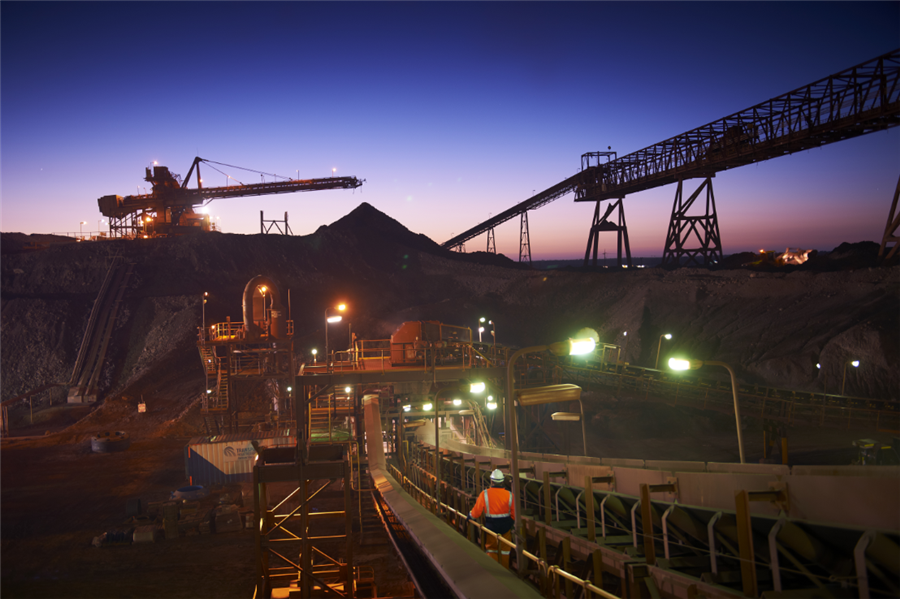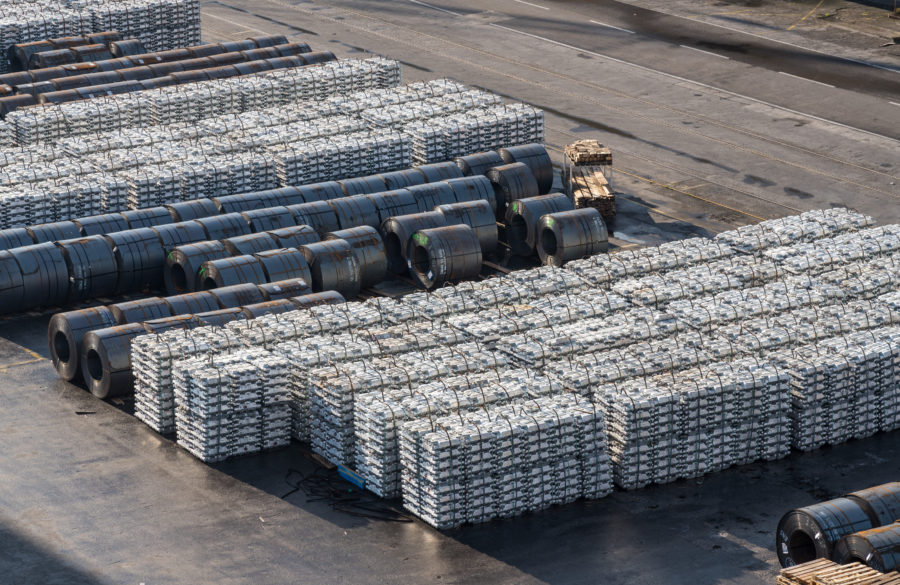Australia faces increased blackout risks this summer as coal plants age

MELBOURNE, Aug 24 (Reuters) – The risk of blackouts in Australia’s upcoming summer has grown from last year as ageing coal-fired power plants have become less reliable, the nation’s energy market operator said on Friday, calling for more power investment in the next few years.
The Australian Energy Market Operator’s (AEMO) latest outlook underscores worries about the country’s grid just days after the government’s signature energy policy to boost power reliability, lower emissions and cut prices collapsed amid political turmoil.
“Close collaboration with industry in the lead up and throughout summer will be key to reducing the risks of energy supply shortfalls,” AEMO Managing Director Audrey Zibelman said in a statement.
Australia’s southeastern states suffered a string of blackouts in 2016 and 2017, the worst of which hit the entire state of South Australia and shut global miner BHP’s Olympic Dam copper mine for two weeks, costing it $105 million.
Unexpected outages at coal-fired plants have forced Australia’s biggest power user, the Tomago aluminium smelter, partly owned by Rio Tinto, to cut output several times this year
AEMO sees the states of Victoria and South Australia most at risk of outages in the 2018-19 summer, which runs from December through February, with some risk in the most populous state, New South Wales, where a severe drought could deplete hydropower.
Electricity demand typically jumps over the summer as households and businesses crank up air conditioning.
The Bureau of Meteorology has not issued its forecast for this summer yet, but has said that temperatures this spring are likely to be warmer than average.
“The forecast risk of load-shedding in 2018-19 has increased since the 2017 (outlook), primarily because modelling has now factored in a reduction in thermal generation reliability observed in recent years,” AEMO said.
Unexpected outages at coal-fired plants have forced Australia’s biggest power user, the Tomago aluminium smelter, partly owned by Rio Tinto, to cut output several times this year as it looked to avoid sharp price spikes when Sydney was on the verge of blackouts.
“(Without shoring up reserves), there would be a risk of involuntary load-shedding during summer peak periods in Victoria from this summer, in New South Wales from 2023-24 and in South Australia from 2024-25,” AEMO said.
AEMO is repeating steps from last summer when it lined up back-up supply and paid big energy users to cut energy use at times when the system was short on supply.
As Australia’s ageing coal-fired generators, which supply more than 70 percent of the market’s electricity, get closer to retiring starting in 2022, the market will need to find new sources beyond those already planned to avert outages.
“The results emphasise the need for an investment landscape which supports the development of the portfolio of resources required to replace retiring generation,” AEMO said.
(By Sonali Paul; Editing by Joseph Radford)
More News
China’s mining investment under Belt and Road Initiative sets new record – report
China's overseas mining investment under its Belt and Road Initiative hit another peak last year at $21.4 billion.
March 29, 2025 | 10:26 pm
Column: Europe’s future metals strategy hindered by current crisis
Chinese over-capacity and high energy prices have accelerated the long-term decline of European steel and aluminum production.
March 29, 2025 | 02:25 pm
{{ commodity.name }}
{{ post.title }}
{{ post.excerpt }}
{{ post.date }}



Comments